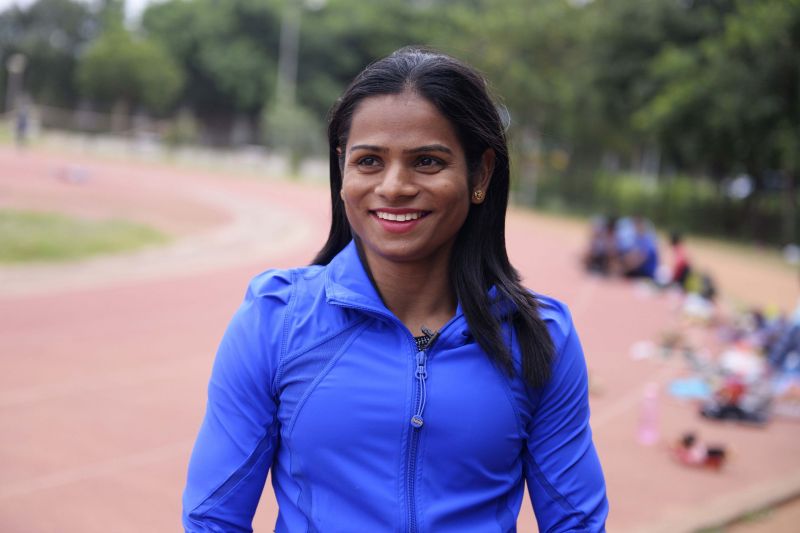Oh Boy!

A young member of the Indian women’s cricket team is now not considered for selection because of her boyish outlook, it is reliably learnt. It could not be confirmed whether the instructions to drop her came from the Board of Control for Cricket in India or she is only out of selectors’ favour.
Speaking exclusively to this reporter with a condition not to reveal her name at this point of time, she confirmed, “yes, I do have problems of hormonal imbalance. Every person has different testosterone levels and in my body the level of male hormones are more.”
“This problem can be found more in athletes and you can very well see the videos of India’s fastest female sprinter Dutee Chand,” she added.
“I did not take any supplement and I am sure with passage of time and proper rest, the levels will settle down automatically,” she said.
“The player does not sound like a normal girl when she speaks,” according to a source.
 Dutee Chand
Dutee Chand
Neither BCCI officials, women selectors nor her team members are willing to come on record to talk about the promising player’s expulsion but murmurs about the reason for her drop-out are doing the rounds.
However, the player who bats and bowls and has played few ODIs and T-20s for India is hopeful of her comeback. The said player says she did not undergo any sex change or has no plans to be a man.
The player’s condition is called hyperandrogenism high natural levels of testosterone in women which provides extra energy and thereby an added advantage over other athletes. A few have fallen foul of it. India’s 100 metres sprinter Dutee Chand, former middle distance runner Santhi Soundarajan and South African 800 metres world and Olympic champion Caster Semenya, have had a tough time with athletics world governing body International Association of Athletics Federations (IAAF) regarding the same.
After a prolonged legal battle, the IAAF policy on hyperandrogenism was suspended by the Court of Arbitration for Sport in July 2015. The ruling found that there was a lack of evidence provided that testosterone increased female athletic performance and notified the IAAF that it had two years to provide the evidence.
In April this year, the IAAF introduced regulations that required hyperandrogenous athletes to take medication to lower their blood testosterone level to below five nmol/L for a continuous period of at least six months (by use of hormonal contraceptives) effective beginning in November 2018. The rules limit the testosterone levels of female athletes competing over distances between 400m and 1600m.
Caster Semenya
Following the South African’s victory in the 800 metres at the 2009 World championships, questions were raised about her sex. The combination of her rapid athletic progression and her appearance culminated in the IAAF asking her to take a sex verification test to ascertain whether she was female. The sex test results were never published officially, but some results were leaked in the press and are widely discussed, resulting in claims about Semenya having an intersex trait.
Santhi Soundarajan
Santhi won a silver medal in the women’s 800m race at the 2006 Asian Games in Doha (Qatar) and shortly afterwards underwent a sex test, the results of which indicated that she “does not possess the sexual characteristics of a woman.” After the results of the sex test were out, she was stripped of her silver medal. Later, Santhi disclosed that she has been told she has androgen insensitivity syndrome. Santhi returned to her village in humiliation and fell into serious depression. Months later, she tried to kill herself by consuming poison. A friend found her vomiting uncontrollably and took her to a hospital.

